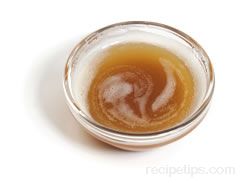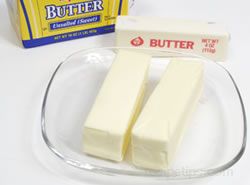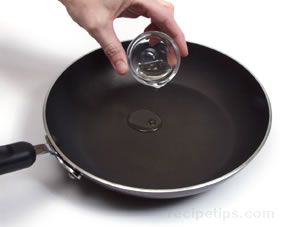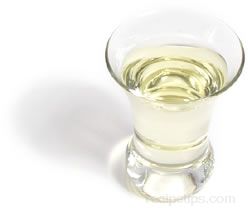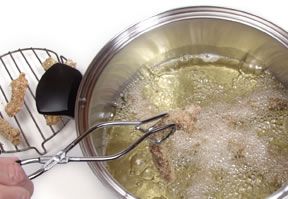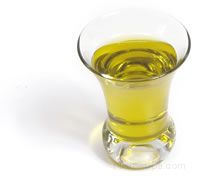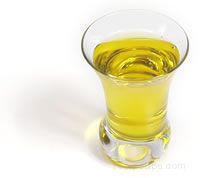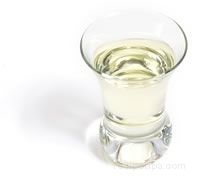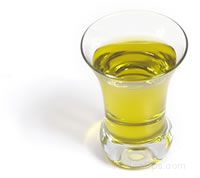Marketing Methods | Quality Factors | Purchasing Tips | Read the Label
| Olive oil has been a staple in the Mediterranean diet for centuries and has also become very popular in the United States as well. The versatility of the oil in cooking, its use as a flavorful condiment, and the many nutritional and health benefits it provides, have all contributed to its popularity. This has resulted in the availability of a wider range of olive oils in most areas of the country and with it, some confusion as to which type or grade of olive oil is best to purchase. The consumer may wonder why "estate oils" are so much more expensive than other olive oils. What does the statement "pure olive oil" actually refer to? Is "light olive oil" lower in calories? Not all olive oils are alike, so it is beneficial for the consumer who is interested in adding olive oil to their diets, to understand the differences in order to purchase the oil best suited for their needs. | 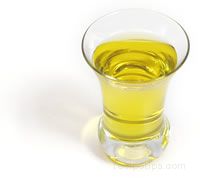 |
|
There are three basic methods in which olive oil is marketed to the consumer:
|
|
Choosing a top quality olive oil is much like choosing wine: it is a decision usually determined by personal taste. Like wine, there are several factors that determine the quality and flavor of olive oil, such as:
|
|
When purchasing a high quality, extra virgin olive oil, consider the following:
|
| Note: When shopping for olive oil for everyday cooking use, consider purchasing a lower grade, reasonably priced oil. Heat causes olive oil to lose some flavor, so purchasing an expensive, flavorful, extra virgin olive oil may be unnecessary if it is intended solely for cooking. |
|
The labeling requirements for olive oils from different areas of the world can be very confusing because there is no international standard for the labeling of olive oil. Extra virgin oil is obtained from the first pressing, when the natural acidity is lowest, but in some countries, olive oil may be labeled "extra virgin" even though it may be chemically treated to lower the acidity. A small quantity of first-pressed oil is then added to the refined oil to enhance the color and flavor. This is usually not the case in Italy, France, and Spain, which have the strictest regulations of all the countries that export olive oil to the United States. In the United States, any olive oil labeled "extra virgin" or "virgin" must be oil obtained from the first pressing of the olives. Any oil that has been obtained through any non-mechanical processes (such as heat or chemical processes) cannot be labeled "virgin" or "extra virgin." Olive oil produced with heat or chemical methods usually has no taste or color and may have a small quantity of extra virgin olive oil added to provide both. It may be labeled "pure olive oil," which simply indicates that no other types of oil have been blended with the olive oil, but of course, the name "pure olive oil" may be confusing to consumers who may believe that the name signifies an oil of the highest quality. Other names used to indicate pure olive oil are:
Olive oils labeled as mild, light, or lite refer to the flavor of the oil as mild or light and do not designate oil that is low in calories. All types and grades of olive oil contain the same amount of calories (120 calories per tablespoon). Olive oils in this group are very popular among consumers who are looking for a healthy oil without a strong flavor. Some of the names given to these products include:
Many of the popular brands sold in food stores in the United States are a blend of bulk olive oils from one country or several countries, which allows the manufacturer to sell the product at a reasonable price. For example, you may notice a label that states that the olive oil is "a blend of select olive oils from Italy", or "a blend of select olive oils from Spain, Turkey, and Italy", and so on. The label on most bottles of olive oil sold in the United States will display the following information:
|






